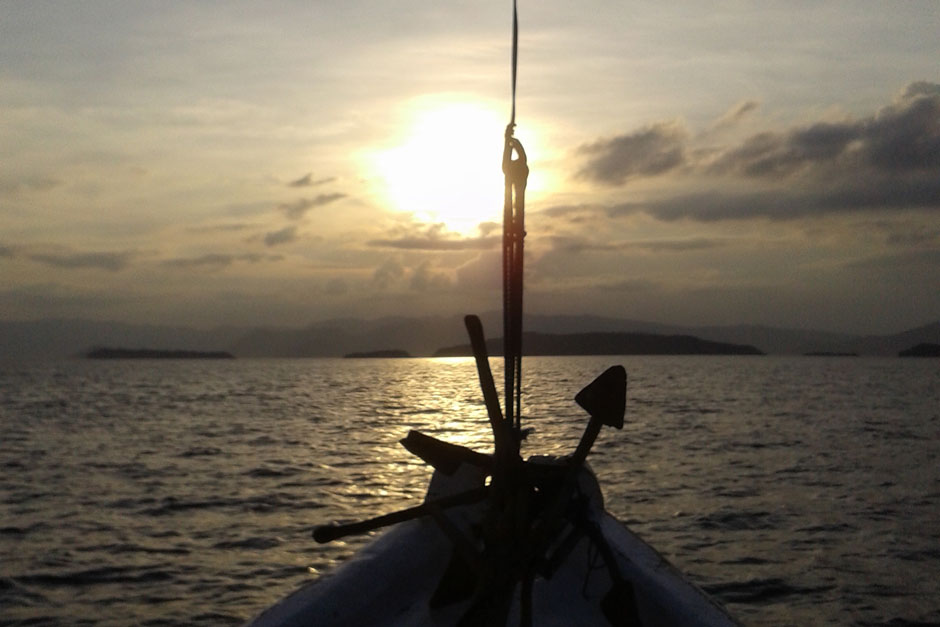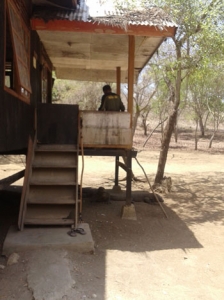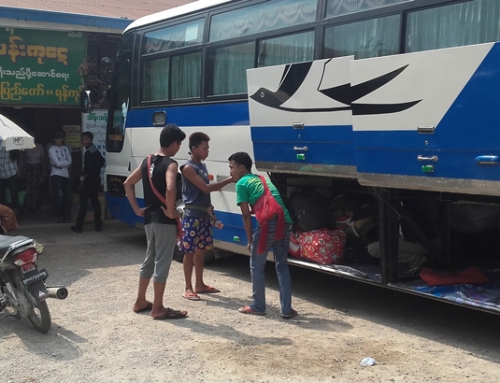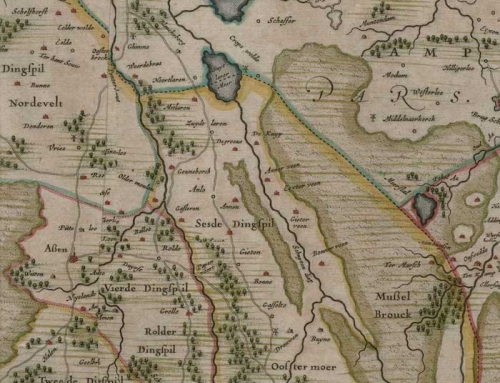Flying into Flores, with the twin-engine turbo prop plane making its final turn before landing, gives already a glimpse of the stark contrast with Bali. After passing rocky, bare hilly coral islands surrounded by reefs, the flora of the main land is Mediterranean rather than the lush light green tropical vegetation of the Western part of Indonesia.
Looking eastwards before landing, one can see a rugged mountain range all the way to the horizon. Traces of human activity are barely visible looking East: indeed Flores has a remote feel; a vast island that –apart from Labuan Bajo and the Komodo Islands- remains largely untouched by tourism. It is great to arrive in a place that feels like one could still disappear from radar for a couple of weeks while crossing the island from West to East, after spending two days amidst the hassle and bustle of Bali’s tourist centre. On the Island of the Gods, beach resort towns like Seminyak, Kuta, Sanur have conglomerated in a densely populated tourist metropolis. Despite the construction of an underpass and new highways, today this part of Bali suffers from traffic congestions that can rival with the notorious traffic jams of places like Bangkok. However, once north of Ubud, the magic of Bali is still there, and the explanation for the predatory development of the southernmost coast self-evident.
Here, the formerly relatively peaceful and slightly more upmarket resort town of Seminyak has been transformed in a giant construction site, where developers have no natural enemies. A 300 room hotel is being constructed close to Grandmas and the latest trend is building high rise (over six floors), far higher than the highest treetops, possibly to facilitate the next big thing among developers: roof top terraces with sunset views. An exquisite one just opened on top of a new upmarket property, Hotel 66, catering to the taste of well off domestic tourists. At least constructing roof top terraces is useful practice; once all the land has been eaten; only the roofs of the current hotels will offer space for developers to construct new ones.
The fourth edition of the IFP will be one of exploration. After Bali (2012), Koh Lanta (2013) and Koh Chang (2014), Flores is for sure the most remote research area we have worked in. No fancy roof top cocktail bars here (not entirely true, you will find out). The contrast with Bali could not be starker. Labuan Bajo is a local market town with a tourism twist, due to the vicinity of world-class dive sites and the Komodo National Park. We will be working with a partner organization that seeks to support opportunities in the tourism sector for further (indirect) involvement of local communities, and strengthens the collaboration of different stakeholders of the tourism sector in joint destination management. The main tasks of the IFP 2015 will be to identify constraints in tourism related value chains, solutions that address these constrains and business and community organizations that could provide these solutions. This will indeed be an exciting endeavour, that gives us all the opportunity to explore a wide range of tourism development related topics, travel beyond Labuan Bajo, and meet a lot of interesting people along the way!
And let’s not forget about the real dragons; those residing not in Bali, but on Komodo and Rinca island!
Written by: Harald Buijtendijk







